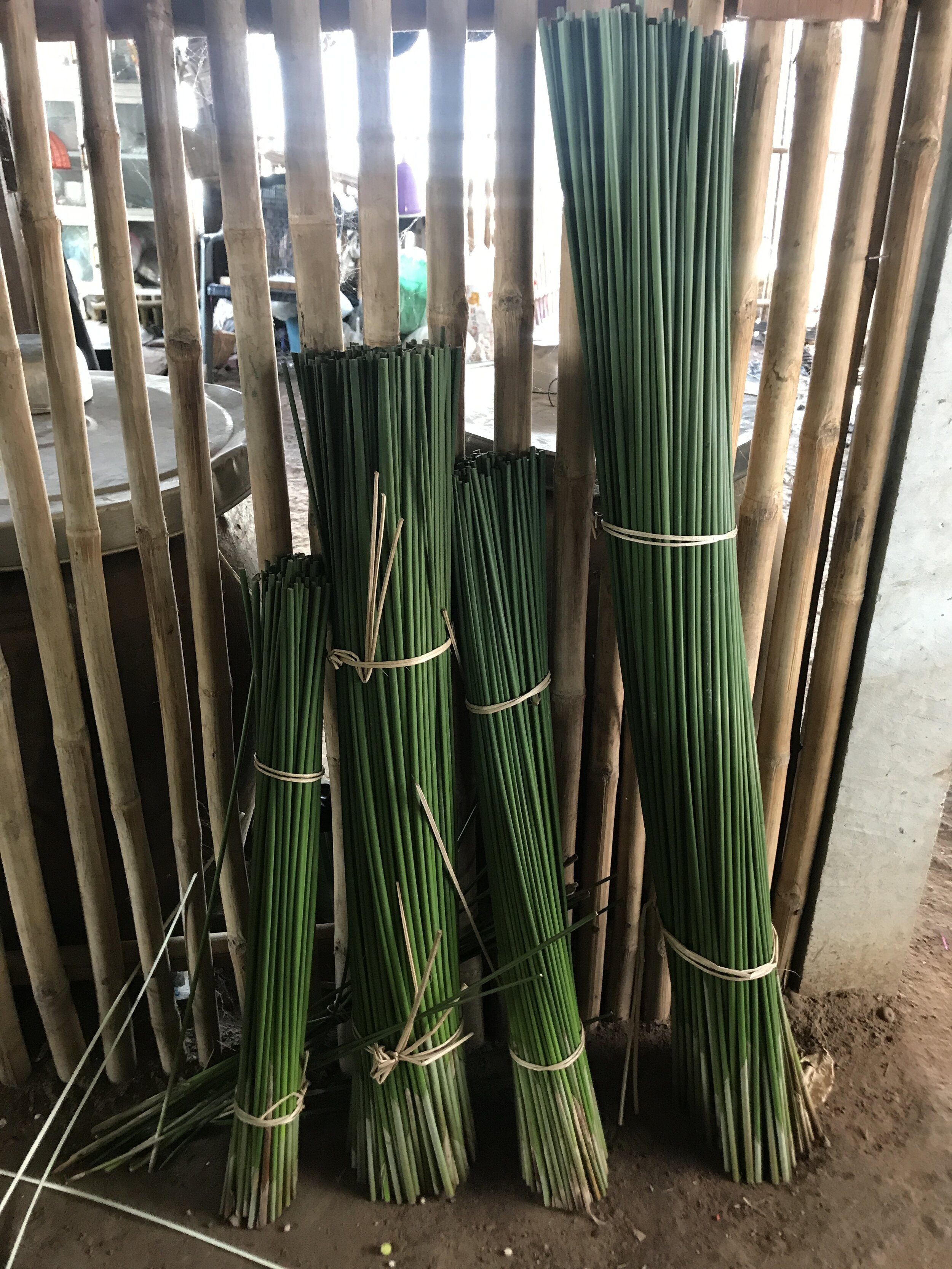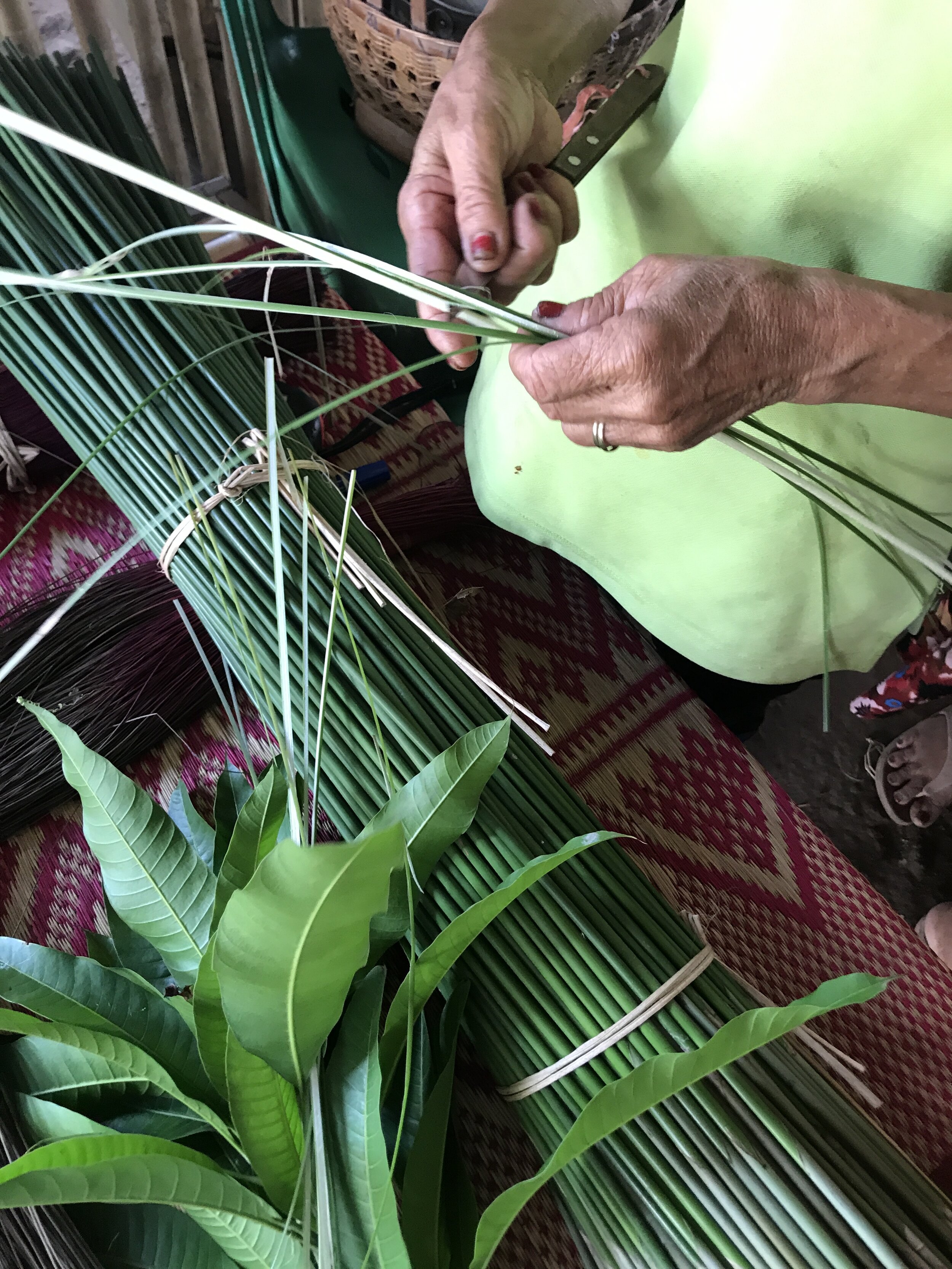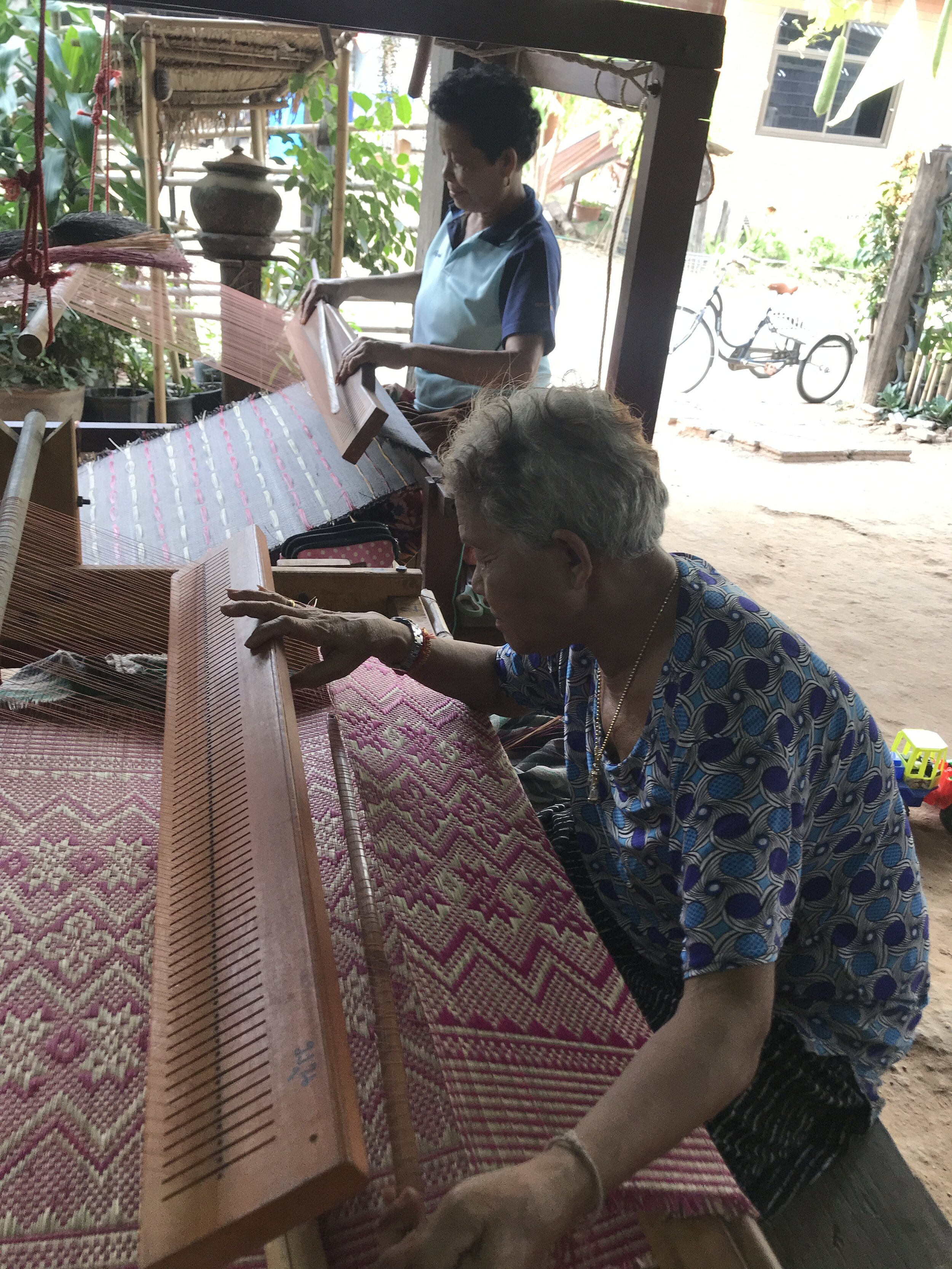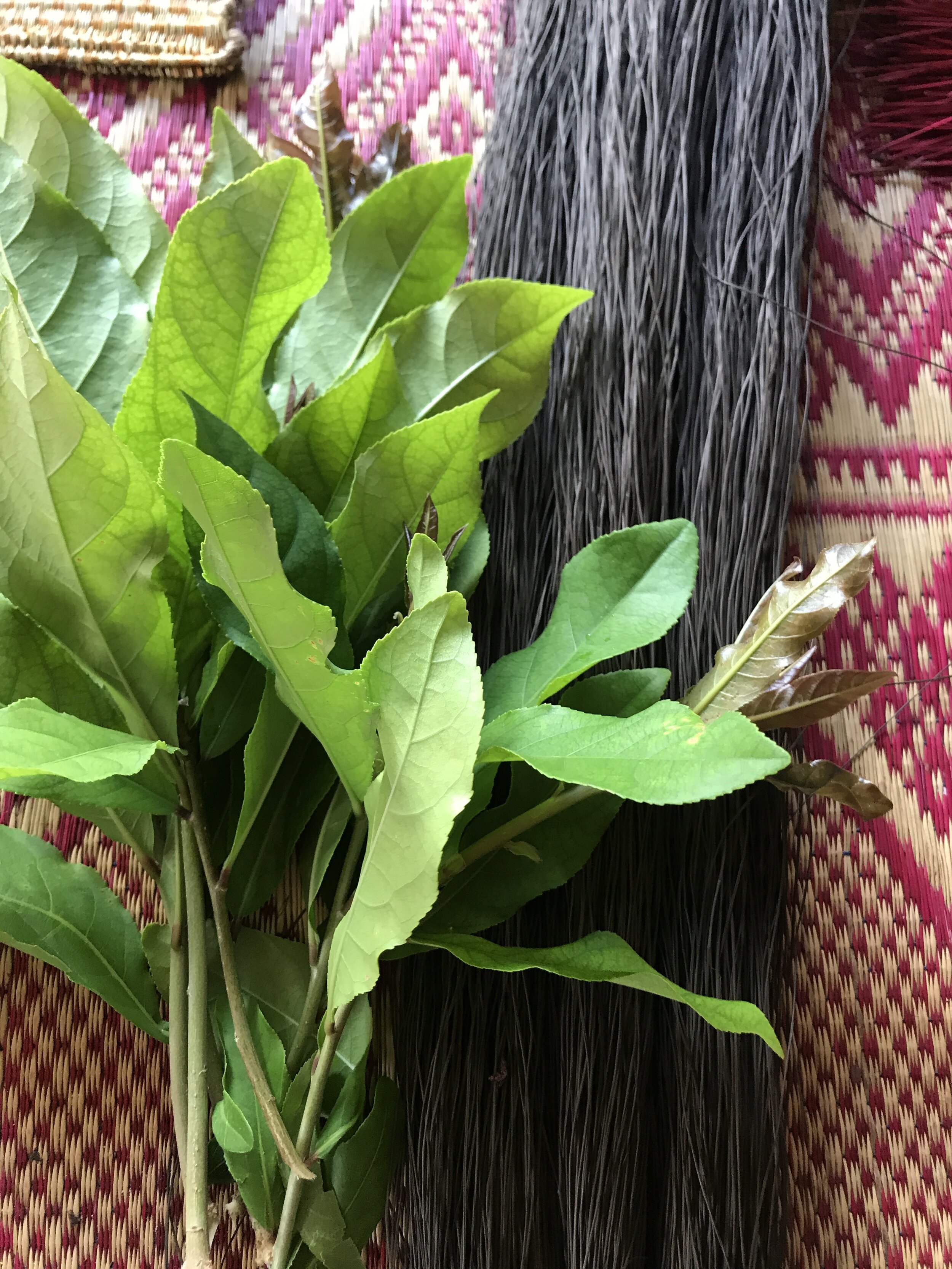
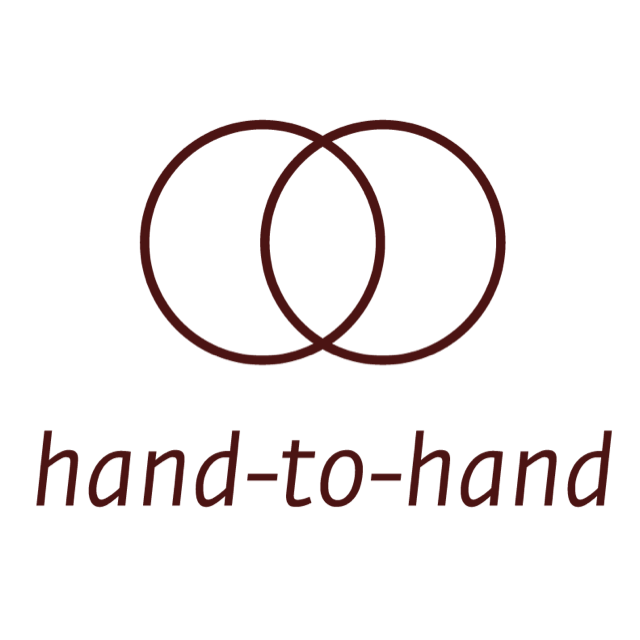

Years of Travel in Isaan
In 2007 I founded a workshop for my handcrafted silver production in a remote part of the Issan provins in Northeastern Thailand. I was lead to one of many small villages, populated by a family clan, who were primarily occupied with rice farming. A previous employee had moved there and invited me to build a jewellery workshop for production on their land. Under advice from the local monastery the project unfolded in harmony with their astrology and the opening day, March 15, 2008 became a village celebration. During the following years we trained 12 local goldsmiths according to Scandinavian traditions and standards, they each revealed their personal strengths, and khun Na showed her leadership and took over as production leader, at the same time moving the production to her home.
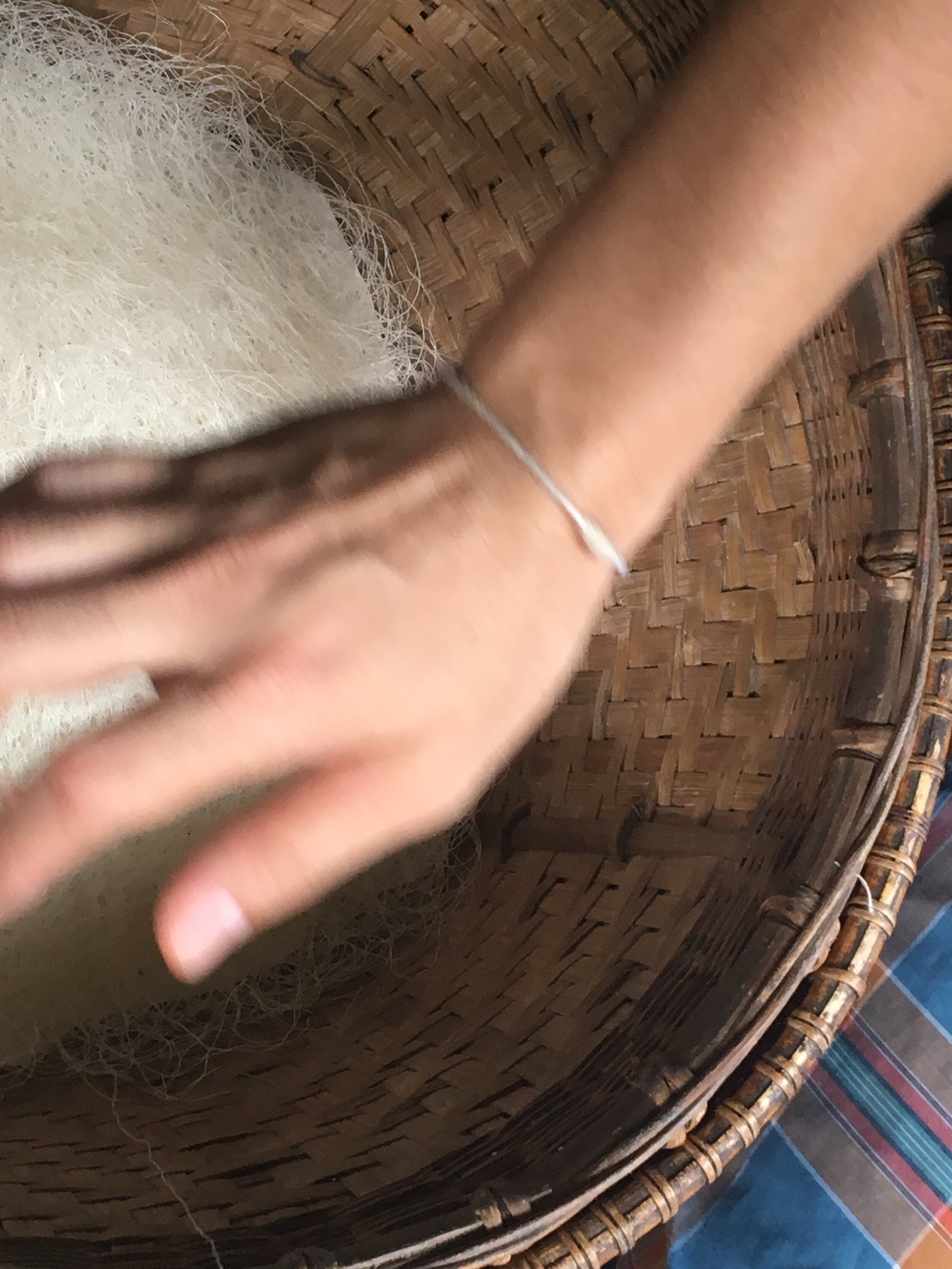
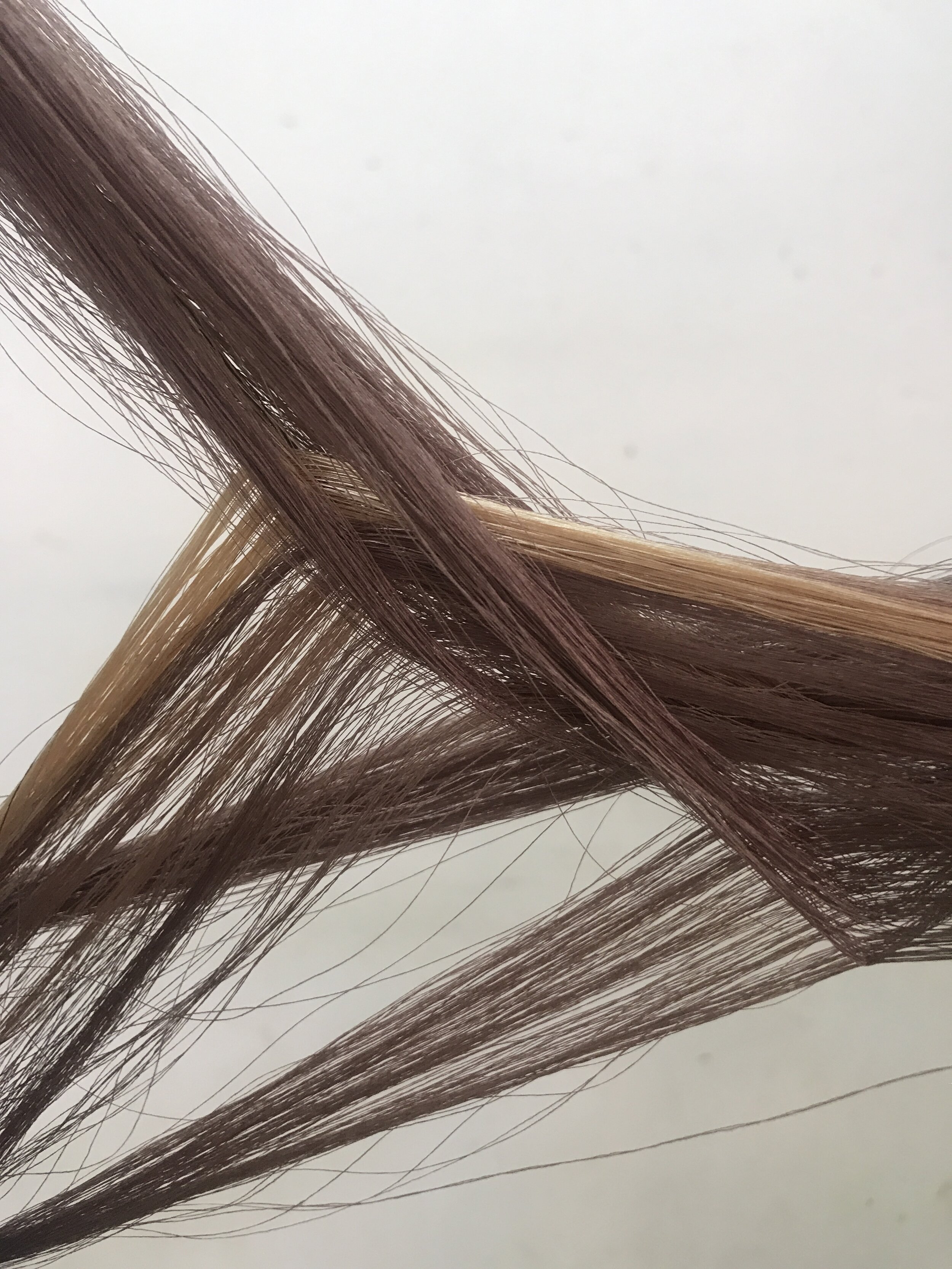
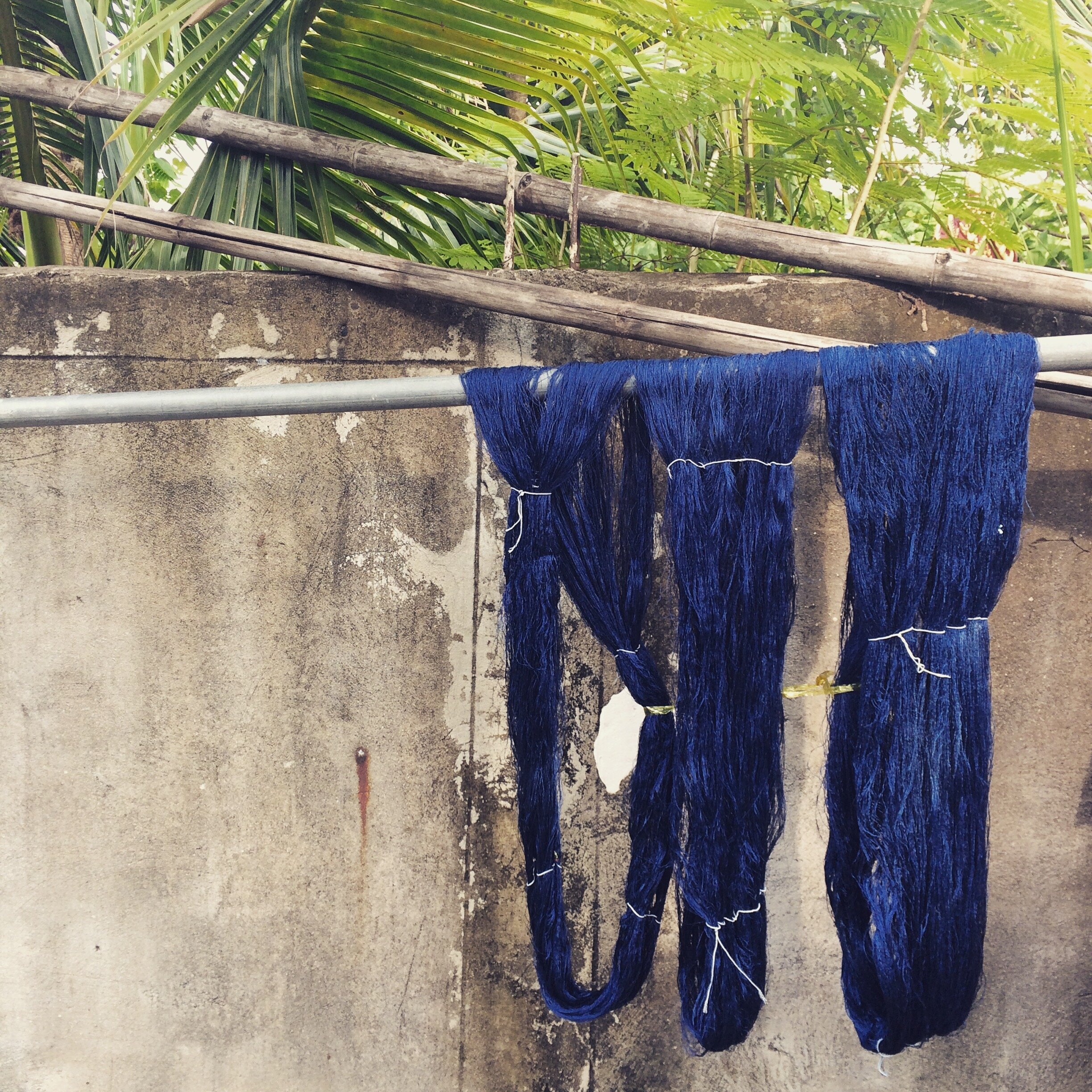
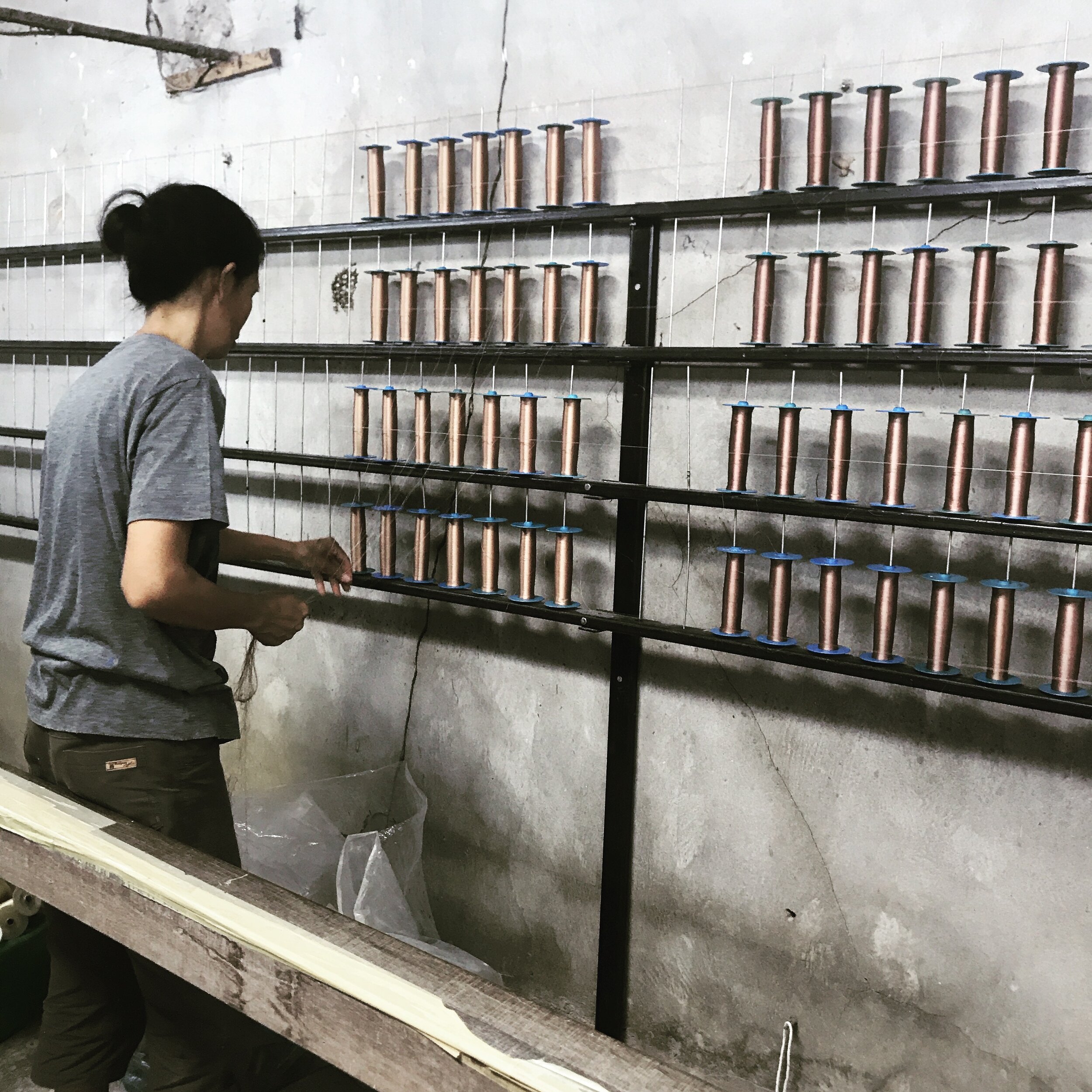
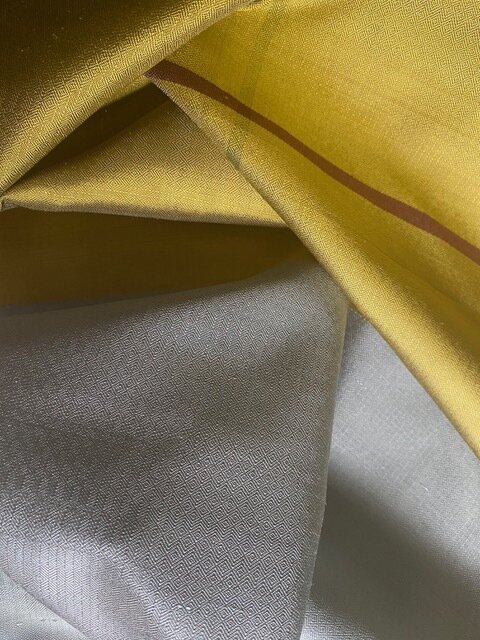
Traditional Craftsmanship
During my many work related travels in the provinces, the road often lead me past other villages where small papyrus and silk producers and talented weavers lived. It was and still is the part of the country with strong silk related traditions, and I was gradually introduced to these skills. This was also a time with a growing interest in sustainability and supporting local craft traditions with the support of OTOP (Thai Government initiative; One Topic-One Province). As in other parts of the world, also here, the traditional craftsmanship was in danger of being lost due to lacking transfer of knowledge and difficult living circumstances.
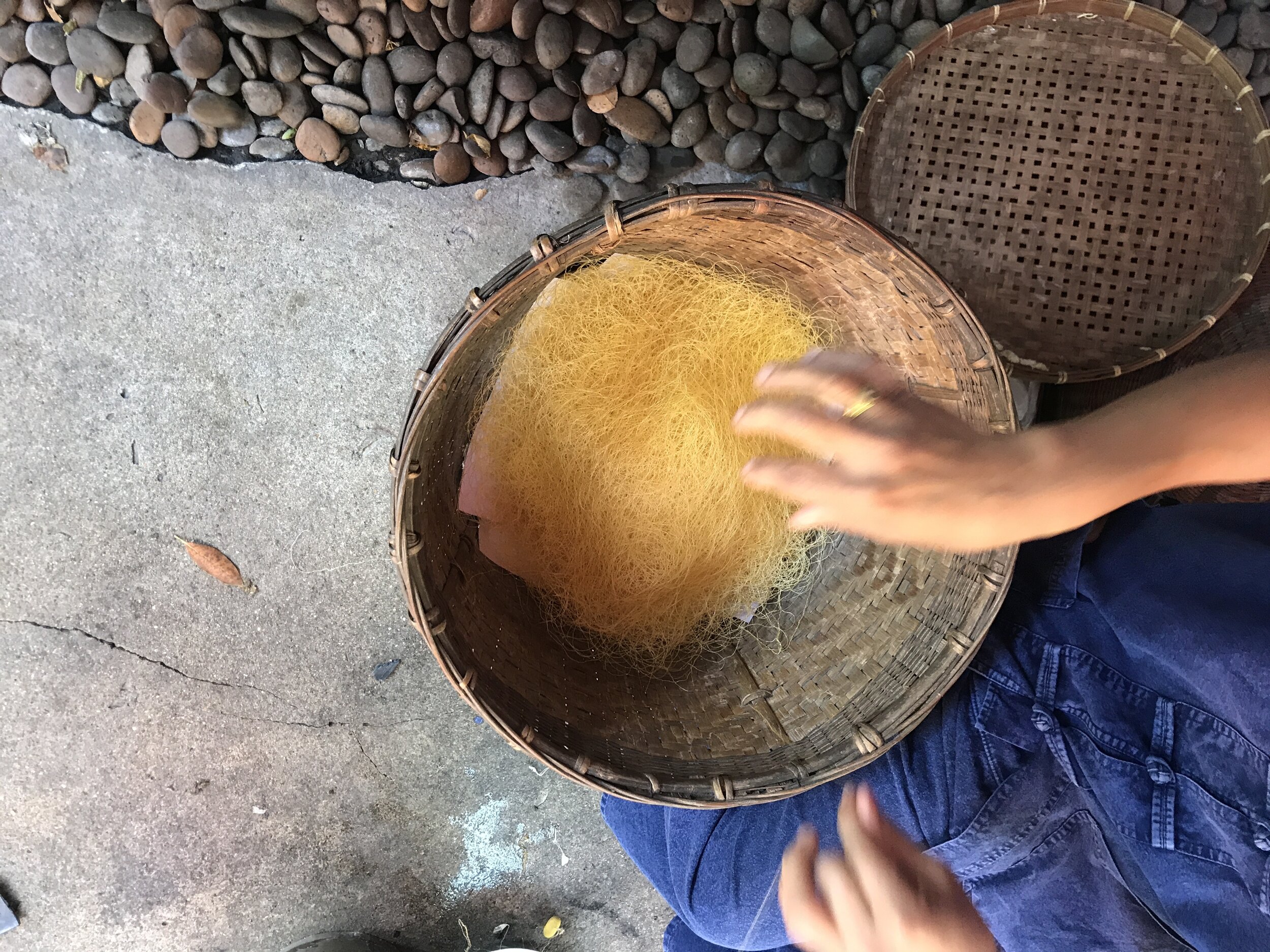
Co-creation
Not only is there a difference in the light between Scandinavia and Asia, but also in proportions, lifestyle and design language. I was inspired by the fine handcraft in the provinces of Isaan, but at the same time I realised it would require a special kind of global collaboration to create products that would resonate well with the Nordic style. As I am not a textile designer, I early on in this project teamed up with danish designer Anne-Grete Duvald, who is skilled in the art of weaving and already familiar with Thai silk from her own amazing silk project with The Jim Thompson Foundation.
Hand-to-Hand is the meeting of traditional craftsmanship and nordic design with the fewest possible intermediaries.


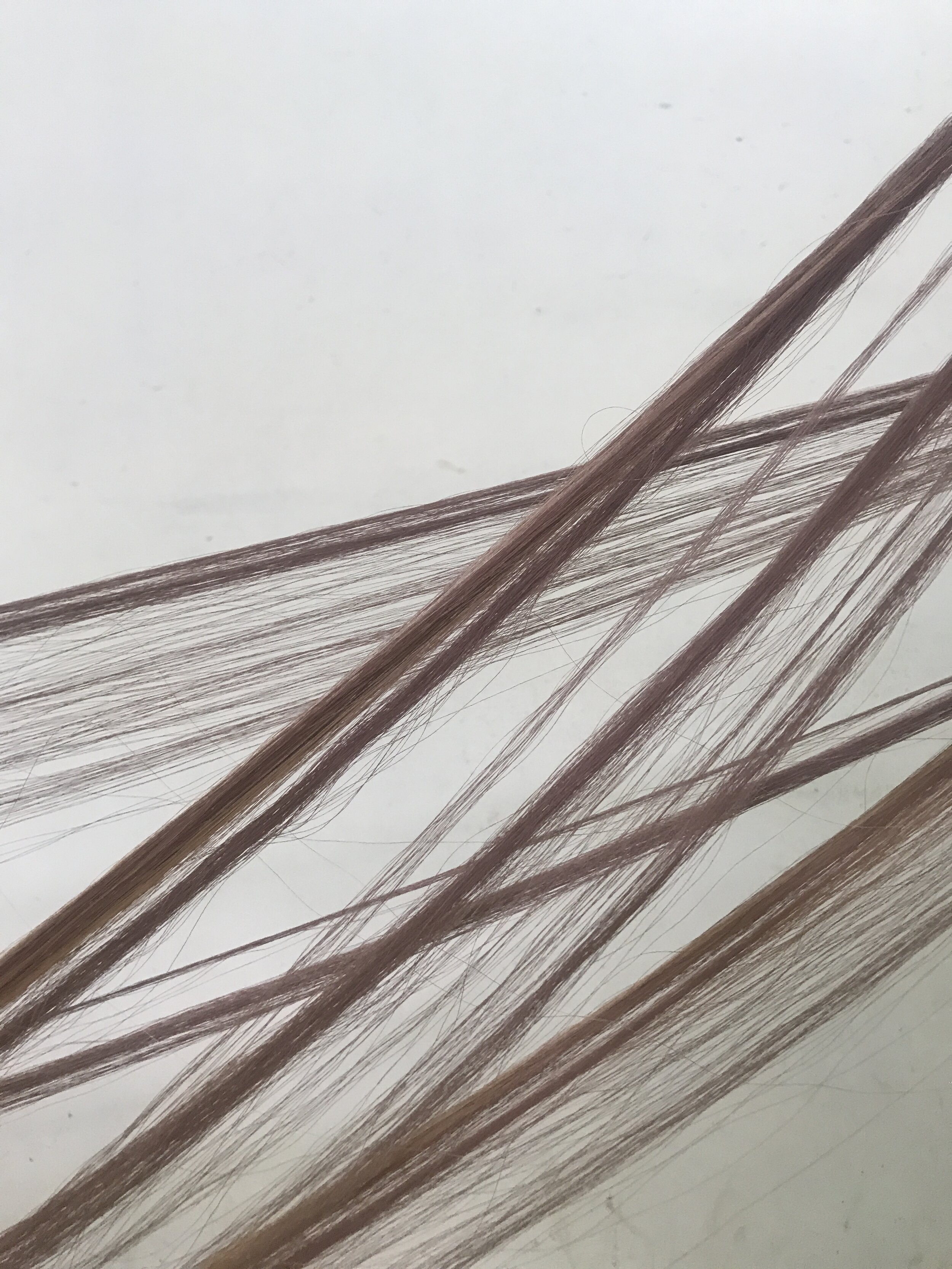

The silk
I have primarily travelled in the southern provinses of Isaan, where the influence from Cambodia and Laos is strong, both in culture and language. The most traditional weavings in this area is squares and Mudmee (Ikat). Inspired by this Anne-Grethe Duvald made the delicate checkered design for the woven silk scarves which we call KLAN. The scarves have been woven at Khun Wasan’s in illuminating like Nordic light in high quality silk.
The same design has now been in the hands of the talented Khun Ko, who both spins and colors the silk. He has now employed most of the women in his village to help in the all hand-made production. This is highly skilled work, requiring 3 days to create each scarf. His specialty is indigo and natural dyes. The many color dips create the many nuances.
The silk is organic, meaning that the silk worms were exclusively fed ecological Mulberry leaves and is extremely soft.
By Khun Pranee I was introduced to a group of women who live in a small town close to the Cambodian border. They grow and weave high quality papyrus grass carpets. The straws are split by hand into thinner parts, colored with mango leaves, jackfruit and kratom, and thereafter fermented in soil for best color stability prior to being woven. This all takes place in an workshop next to Khun Pook's house. The carpets are woven in traditional patterns in the length of the straws, which means that they are always between 70-90 cm wide, while the length can vary.
Throughout the years I have visited these lovely weavers, their fine handcraft has always fascinated me and in collaboration with designer Anne-Grete Duvald we have modified the design and colors of the beautiful and functional carpets into a Nordic collection.
The first small batch has arrived in Denmark and can now be purchased from Louisiana Museum Store.

